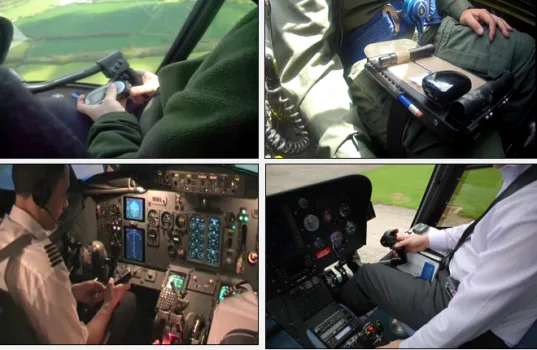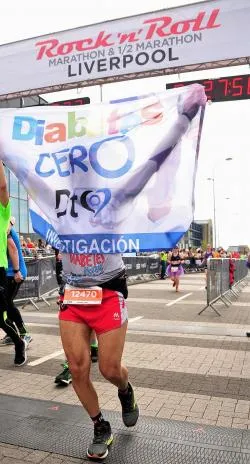One of the censored professions for people with diabetes has traditionally been that of aircraft pilots.Many people with diabetes have ever dreamed of their lives with devoting themselves to this profession but have always been denied by their diabetes as this article of the American Diabetes Association shows.
A study presented at the Congress of the European Association for the Study of Diabetes (EASD), which is celebrated in Munich these days, shows that the United Kingdom commercial line pilots with insulin treated diabetes can fly safely, withVery safe and stable blood sugar levels.
The study has been carried out by the medical staff of the Royal Hospital of the County of Surrey, Guildford, the United Kingdom and the United Kingdom Civil Aviation Authority, of Gatwick's airport and calls into question that maxim of denying people with diabetes to handle diabetesA plane and be pilots.
Commercial pilots with diabetes in the United Kingdom
In 2012, the United Kingdom became the second country in the world, after Canada, to issue medical certificates for commercial pilots.The United Kingdom now has the greatest number of pilots treated with insulin, and is at the head in Europe.
A complete protocol, developed by a panel of medical and aviation experts, regulates the medical certification of insulin treated pilots.Ireland joined the United Kingdom in April 2015, with the application of an agreed medical evaluation protocol in accordance with the European Air Security Agency Regulation (AESA).
Certified pilots are subject to strict requirements, directly supervised by the United Kingdom Civil Aviation Authority (CAA) and the Irish Aviation Authority (IAA) and its medical departments, including surveillance before and during the blood glucose flight.This study aimed to evaluate the early experience and security of the United Kingdom program.
With the consent of the pilots, the archives of all the pilots treated with insulin were reviewed, and the data were collected.This included: age;Date of Diabetes, Medical Certificate;type of diabetes and duration;diabetes control regime;comorbidities;Diabetes complication monitoring;all available HBA1C values (a blood sugar control measure) before and after license;and all flights with associated blood glucose monitoring values.
HBA1C pre and post-average post-Lice values were compared.Pre and during the flight, blood glucose monitoring values correlated against the “green” (5-15mmol / l), “amber” (4-5 and 15-20mmol / l), and “red red), and“ red), and “red), and“ red”(& Lt; 4 o & gt; 20 mmol / l) varies.
26 pilots treated with insulin were studied.They were all men, with an average age of 41 years.The majority (85%) had type 1 diabetes, with an average duration of 8 -year -old diabetes.The HBA1C medium prior to the license was 53.1mmol / mol;The average of the last HBA1C was 54.8mmol / mol, which demonstrates any significant change.
8,897 blood glucose monitoring values were collected during 4,900 flight hours.For short and a half radio flights (less than 6 hours), 96% of 7,829 blood glucose monitoring readings were inside the "green" range.For long distance flights (more than 6 hours), 97% of the 1,068 readings were within the "green" range.Of all those readings only 19 (0.2%) were in the "red" range and to date, no pilot has suffered a medical disability due to the lack of control of blood glucose.
The need for this control and supervision of protocols is necessary, the authors say, since commercial pilots can work longWork days, with multiple short -journey flights, or a single long -term flight.This has the potential to alter normal feeding patterns, especially when crossing time areas.Pilots treated with insulin, in addition they must demonstrate excellent control and understanding of their diabetes in order to obtain a medical certificate that allows them to fly for now with planes without passengers.







